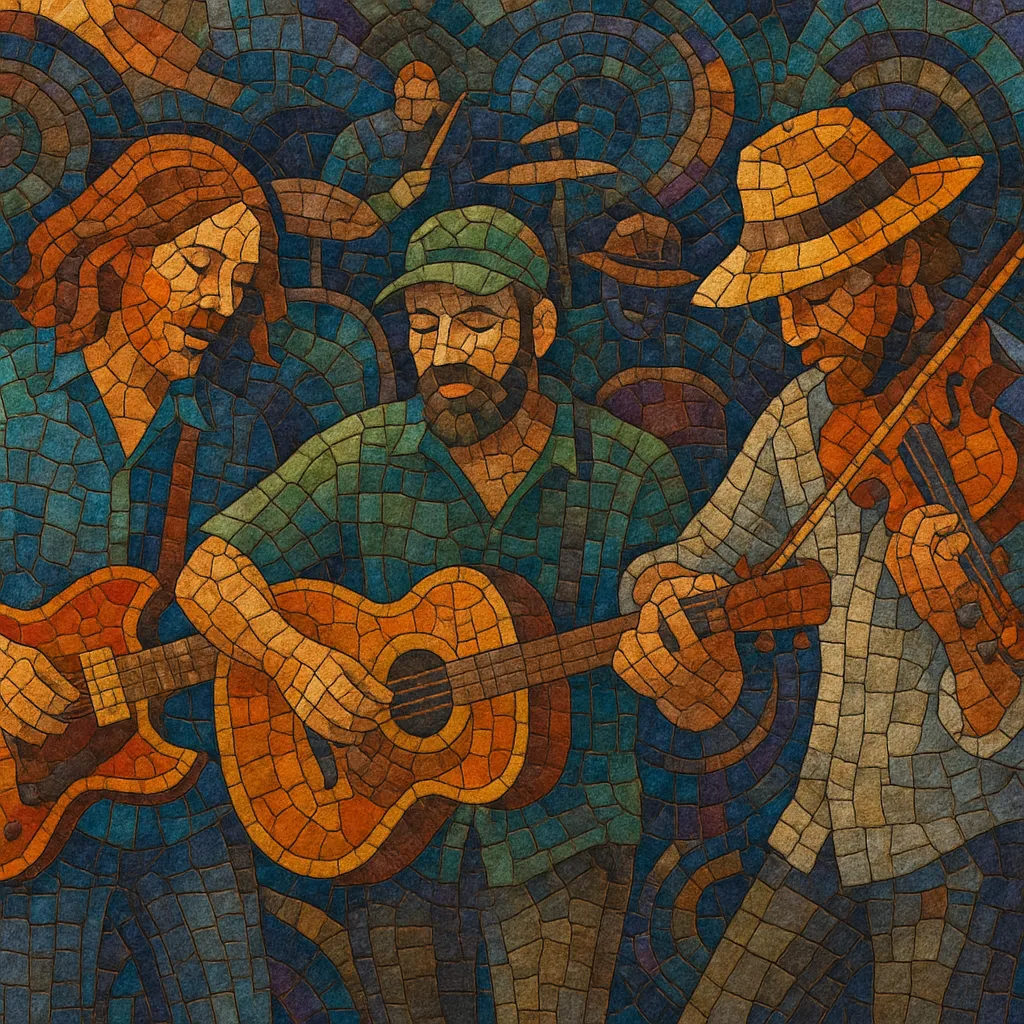Jam band is a rock-centered style defined by extended improvisation, fluid song structures, and live performance as the core creative medium.
It blends elements of psychedelic rock, blues, jazz, country rock, folk rock, funk, and bluegrass, favoring modal grooves and open-ended forms over radio-length arrangements.
Sets commonly feature segues between songs, dynamic builds and releases, and thematic development in real time—turning concerts into unique, unrepeatable experiences.
Audience culture (taping, trading, and multi-night runs) and a festival ecosystem are integral to the genre’s identity, making the community as central as the repertoire.
Jam band culture emerged in the United States in the late 1960s, prioritizing improvisation, long-form sets, and a community-centric live experience. Rather than a strict sonic formula, it’s defined by practice: songs are launching pads for spontaneous exploration.


